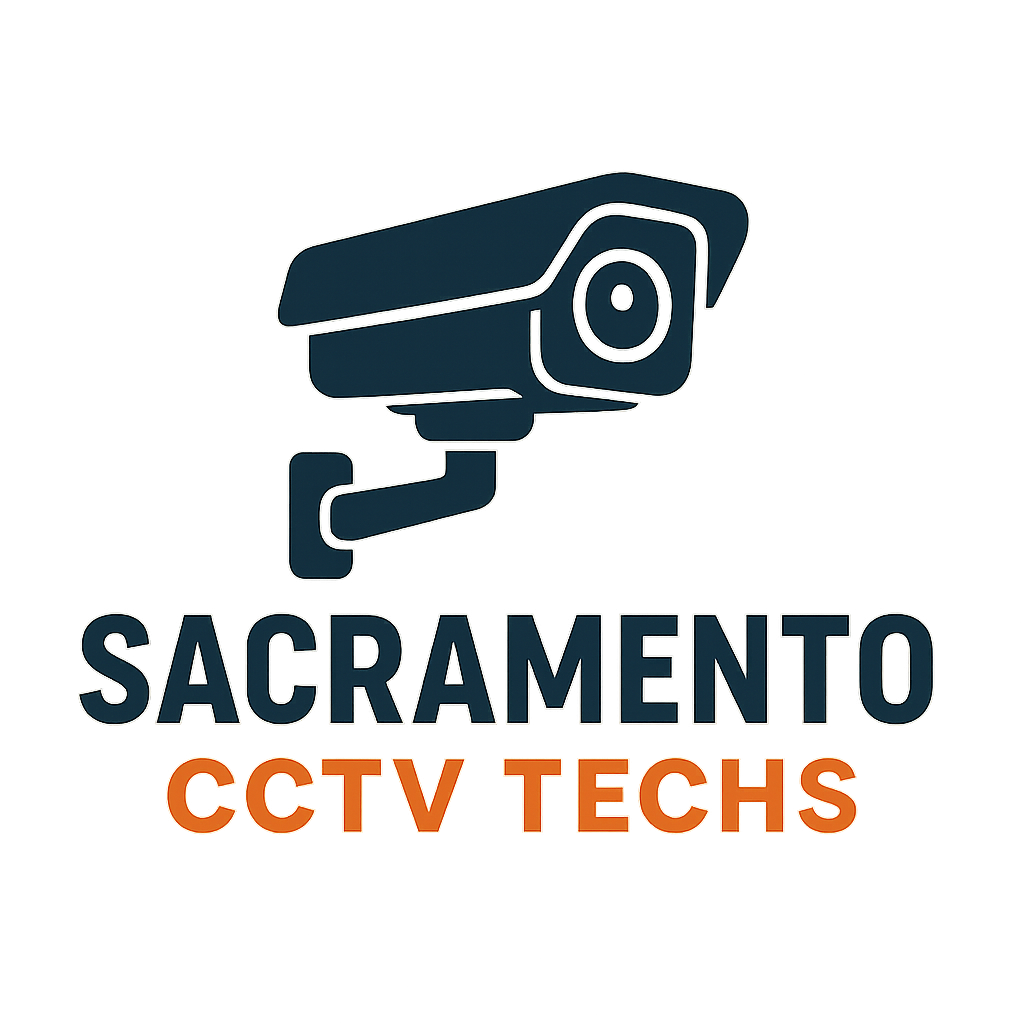What Basic Knowledge Should You Have About CCTV?
Introduction
Closed-Circuit Television (CCTV) has become an integral part of modern security systems, protecting homes, businesses, and public spaces. Whether you are a homeowner seeking to improve safety, a business owner protecting assets, or an aspiring CCTV technician, understanding the fundamentals of CCTV is essential.
This article will cover the basic knowledge you need about CCTV, including how it works, its core components, installation considerations, and common issues. By the end, you’ll have a clear foundation to make informed decisions about using CCTV for surveillance.
At Sacramento CCTV Techs, we provide expert installation and maintenance for all types of surveillance systems.
Table of Contents
- What Is CCTV and How Does It Work?
- Core Components of a CCTV System
- Types of CCTV Cameras
- Basic Knowledge for CCTV Installation
- CCTV Rules, Regulations, and Privacy Concerns
- Common Problems and Troubleshooting
- CCTV Recording and Storage
- Future Trends in CCTV Technology
- Key Takeaways
- Frequently Asked Questions
What Is CCTV and How Does It Work?
CCTV, or Closed-Circuit Television, is a video surveillance system where cameras transmit signals to a specific set of monitors or recorders, not broadcasted publicly.
- Basic Function: Cameras capture video → signal transmits via cables or wireless → footage is stored on DVR/NVR or viewed in real time.
- Closed-Circuit Concept: Unlike broadcast TV, CCTV is restricted to a defined set of users.
👉 Quick Fact: According to Allied Market Research (2023), the global video surveillance market is expected to reach over $83 billion by 2030, fueled by demand for smart and AI-powered cameras.
Core Components of a CCTV System
Every CCTV system has several building blocks:
- Cameras – Capture video footage (analog or IP-based).
- Lenses – Control focus, angle, and zoom capabilities.
- Recorders –
- DVR (Digital Video Recorder): Works with analog cameras.
- NVR (Network Video Recorder): Works with IP cameras.
- Monitors – Display live or recorded footage.
- Cables & Network Equipment – Coaxial, Ethernet, or fiber optics for data transfer.
- Storage Devices – Hard drives or cloud storage for archived footage.
- Power Supply & UPS – Ensures cameras run smoothly, even during outages.
Types of CCTV Cameras
Different environments require different CCTV camera types:
- Dome Cameras: Indoor use, discreet, wide coverage.
- Bullet Cameras: Outdoor use, visible deterrent, long-range.
- PTZ Cameras: Pan-Tilt-Zoom, remote control, wide area coverage.
- IP Cameras: Network-based, high resolution, smart features.
- Thermal & Infrared Cameras: Night vision, heat detection.
👉 Pro Tip: Choose cameras based on environment—indoor retail stores benefit from dome cameras, while parking lots often use bullet or PTZ cameras.
Basic Knowledge for CCTV Installation
When installing CCTV, keep in mind:
- Camera Placement: Cover entry points, parking areas, hallways. Avoid blind spots.
- Lighting Conditions: Ensure visibility at night with infrared or external lighting.
- Wiring & Connectivity: Use high-quality cabling or strong Wi-Fi connections.
- Recording Setup: Select proper storage capacity (footage retention of 30–90 days is common).
- Cybersecurity: For IP systems, secure with strong passwords and encrypted connections.
While learning the basics is important, you should also be aware of the hazards of installing CCTV to ensure a safe setup.
CCTV Rules, Regulations, and Privacy Concerns
Laws vary by country and state, but general guidelines include:
- Notification: In many regions, businesses must display signs when CCTV is in use.
- Privacy Limits: Cameras should not monitor private spaces (e.g., bathrooms, employee rest areas).
- Data Protection: Stored video must be safeguarded from unauthorized access.
- Retention Limits: Some jurisdictions restrict how long footage can be kept.
👉 Example: In the U.S., laws vary by state, but recording audio without consent may violate wiretap laws.
Common Problems and Troubleshooting
Even well-installed systems face issues:
- Blurry Images: Caused by dirty lenses, poor focus, or wrong resolution settings.
- Connection Loss: Often due to faulty cabling, weak Wi-Fi, or power issues.
- Storage Errors: Hard drive failure or insufficient space.
- False Alarms: Motion detection sensitivity set too high.
CCTV Recording and Storage
- Storage Duration: Typically 30–90 days, depending on hard drive size and resolution settings.
- Cloud Storage: Offers remote access but may have subscription fees.
- Compression Formats: H.265 and H.264 are most common, reducing file size without major quality loss.
- Backups: Businesses should have redundancy strategies to prevent footage loss.
Future Trends in CCTV Technology
CCTV is evolving rapidly with smart technology:
- AI-Powered Cameras: Facial recognition, behavior analysis.
- Cloud Integration: Remote monitoring from mobile devices.
- 4K & Beyond: Higher resolution for sharper detail.
- IoT Integration: Smart homes and cities using CCTV with sensors.
- Edge Computing: Processing video directly in cameras for faster analysis.
A solid foundation in CCTV basics includes knowing the five main components of a CCTV system.
Key Takeaways
- CCTV is a closed security system for monitoring and recording activities.
- Basic knowledge includes understanding cameras, recorders, wiring, and storage.
- Proper installation and compliance with privacy laws are crucial.
- Common issues include blurry footage, storage limits, and connection problems.
- Future trends point to AI, IoT, and cloud-based surveillance.
